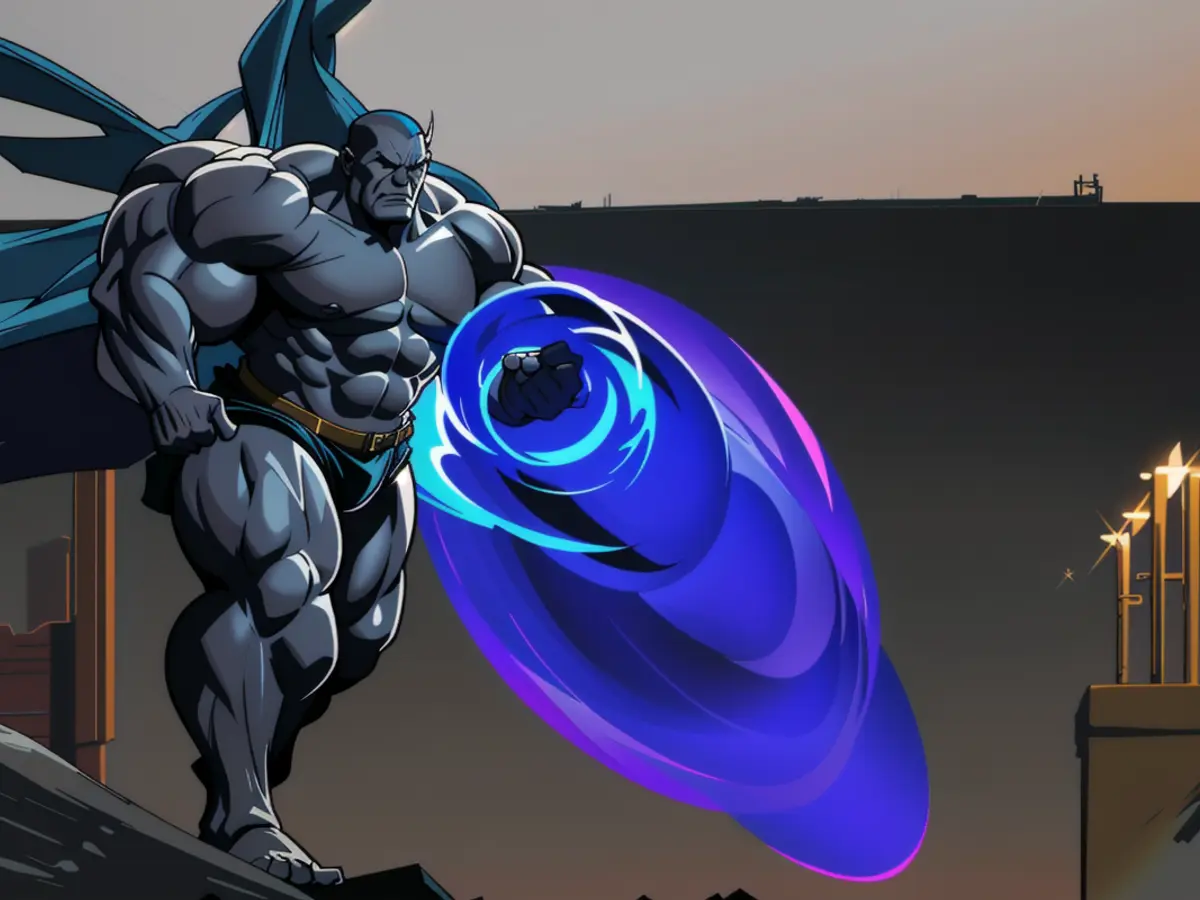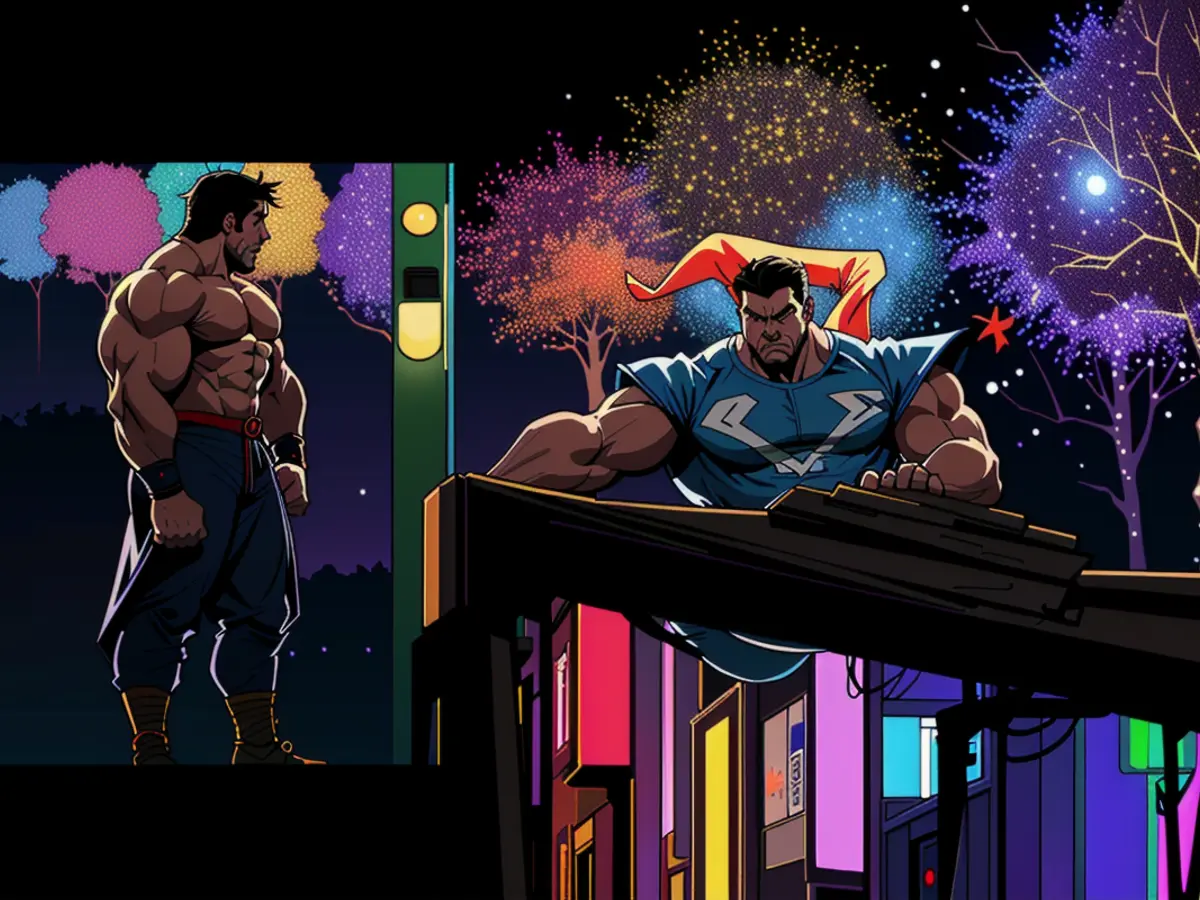The Department of Energy (DOE) Provides $11.5 Million for Increasing LED Lighting Presence in Additional Public Spaces
The U.S. Department of Energy dispensed $11.5 million for installing LED lighting in parks, police stations, an airport runway, baseball fields, and city buildings to boost energy efficiency. This allocation was part of the $17.7 million distributed amongst 61 award recipients through the Energy Efficiency and Conservation Block Grant program. This program aims to enhance energy efficiency, lower energy consumption, and decrease emissions for local and state governments, Tribes, and various establishments.
US Energy Secretary Jennifer Granholm highlighted in a press statement that the Energy Efficiency and Conservation Block Grant program offers communities the means to augment clean energy access and energy resilience through local initiatives.
LED Lighting Projects Across the Country
Alaska was given a $77,080 grant to retrofit the North Pole Ice Rink with LED lighting, thereby enhancing energy efficiency in Fairbanks North Star Borough.
Texas will now have two Department of Energy grants for recreational facilities. Euless was awarded $117,300 to upgrade nearly 400 light fixtures with LEDs on five public baseball fields and a soccer field. Montgomery County received a higher award ($457,580) to replace 150 light fixtures with LED lighting at community sports fields.
LED projects were also funded for police facilities, courthouses, and jails:
- Nashville's Metropolitan Courthouse will receive $644,440 in new LED lighting.
- Davis County in Texas will spend $293,610 to install LED lights at the Blackwell Thurman Criminal Justice Center.
- Greeley, Colo. was granted $158,860 for LED lighting at its police headquarters.
- Somerset County, Maine will use a $76,720 grant to install LED lighting to replace fluorescent lights and fixtures in a county courthouse and jail.
- Trumbell, Conn. secured a $76,260 award to install LEDs at a police station.
- Cass County, N.D. officials will replace 500 halogen lighting fixtures with $75,660 worth of LED lights in the Cass County Jail administration building.

In Tuscaloosa, Ala., officials will spend the $158,340 DOE grant to convert nearly 500 airport runway and taxiway lights to LED lighting.
NEW LED LIGHTING FOR CITY HALLS and RECREATIONAL FACILITIES:
- City halls in Chicopee, Mass. (awarded $116,600) and Winter Garden, Fla. (granted $76,560) will receive new LED lights.
- A town hall will receive $73,526 in Hudson, N.H. to add LED lighting, insulation, and windows to boost energy usage.
Energy-Saving Capabilities of LED Technology
LED lights are acclaimed for offering 90% greater energy efficiency than conventional incandescent light bulbs and compact fluorescent lighting. Widespread use of LED lighting can potentially yield significant energy savings in the United States, with the majority of lighting installations anticipated to utilize LED technology by 2035, resulting in annual energy savings of 569 terawatt-hours, parallel to the annual energy output of over 92 1,000 megawatt power plants.
LEDs produce directional light after an electric current travels through a semiconductor assembly (microchip), with a heat sink in the lighting absorbing heat produced. In contrast, incandescent bulbs require electricity to heat an internal metal filament to produce light, releasing heat in every direction. Some 90% of bulb energy is released as heat.

LEDs offer several advantages over traditional incandescent lighting, including being cooler and less likely to combust or burn, not made of glass and easily broken, and consuming less energy, allowing up to 25 LED lighting strings to be connected together without overloading electrical wall sockets.
Health Implications for Humans and Animals
LEDs emit high-intensity optical radiation across the ultraviolet, visible, and infrared spectrums, according to Lawrence Berkeley National Laboratory, a unit of the DOE. Greater utilization of ultraviolet emitting, white, and highly bright LEDs could potentially pose health issues to the eyes and skin. Traditional LEDs are generally considered safe, but LED glare and flickering have the potential to lead to some visual health issues.
The European Commission deemed LED lights safe for humans and animals in a fact sheet titled "So far, no health risks dim LED lights' bright future." This assessment was based on a 2018 report from the Scientific Committee on Health, Environmental and Emerging Risks.
The American Medical Association, however, voiced concerns about LED lighting in a 2016 press release, stating that high-intensity LED lighting designs emit a considerable amount of blue light that appears white to the naked eye and create worse nighttime glare than conventional lighting. The impact of blue-rich LED lighting on circadian sleep rhythms was also discussed as a concern.
"Overabundant outdoor illumination disrupts numerous creatures that thrive in darkness. For example, inadequately planned LED lighting confuses certain avian, insect, turtle, and aquatic species. Consequently, U.S. national parks advocate for responsible lighting layouts and methods to curb the impact of light pollution on the surrounding environment, as noted by the AMA.

Following this, the AMA encouraged local medical professionals to adhere to this policy stance and educate the public on the negative health and environmental consequences of widespread nighttime illumination.
More recently, an article in the October 2024 edition of the AMA Journal of Ethics by Dr. Mario E. Motta highlighted a potential connection between LED lighting and outdoor light at night (LAN) and its ability to hinder human melatonin production.
The article reported a substantial collection of research indicating a higher chance of hormone-related cancers, such as breast and prostate malignancies, with melatonin suppression. Furthermore, literature suggests a higher risk of thyroid and pancreatic tumors in relation to LAN.
Motta also touched upon how excessive outdoor LAN can negatively impact nocturnal animals and ecosystems. "Substantial and growing literature now showcases the environmental harm inflicted by excessive outdoor LAN, with birds, insects, and mammals bearing the brunt of the damage," the article revealed.
The Importance of Balance in Technology Usage
When evaluating the use of innovative technologies like LED lighting for energy reduction, various factors must be considered. Cost savings is an important aspect, but so is the sort of LED lighting and potential repercussions beyond energy conservation."
- The use of LED lighting in various facilities not only boosts energy efficiency but also contributes to health risks, as stated by the American Medical Association, due to the emission of high-intensity optical radiation.
- Several states, such as Alaska, Texas, and Maine, have received grants from the Department of Energy to install LED lighting in parks, municipal buildings, and recreational facilities, aiming to improve energy efficiency and decrease emissions.
- The improved energy efficiency of LED lighting over incandescent bulbs and compact fluorescent lighting can potentially result in significant energy savings in the United States, with the majority of installations anticipated to utilize LED technology by 2035.
- As LED projects expand across the country, environmental concerns arise, as excessive outdoor LAN can negatively impact various nocturnal animals and ecosystems, as reported by the American Medical Association in their October 2024 journal.
- The Department of Energy's Energy Efficiency and Conservation Block Grant program helps states and local governments reduce energy consumption, lower emissions, and promote energy efficiency by providing funding for energy-saving projects, such as LED lighting installations.






